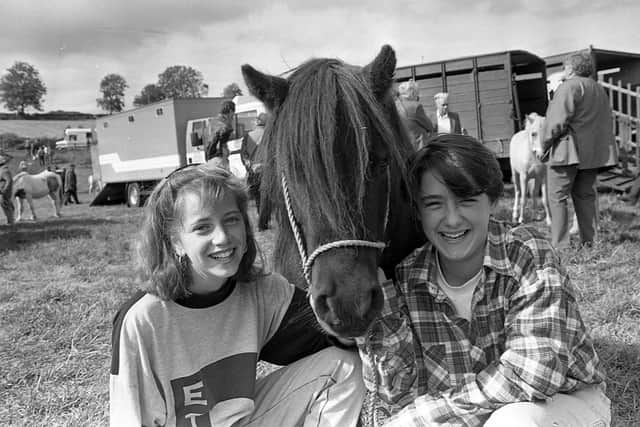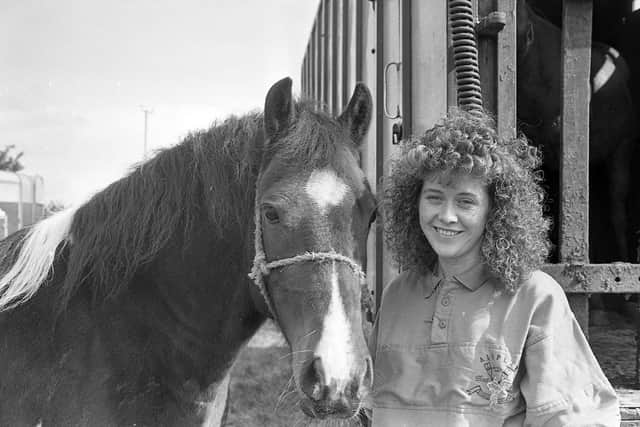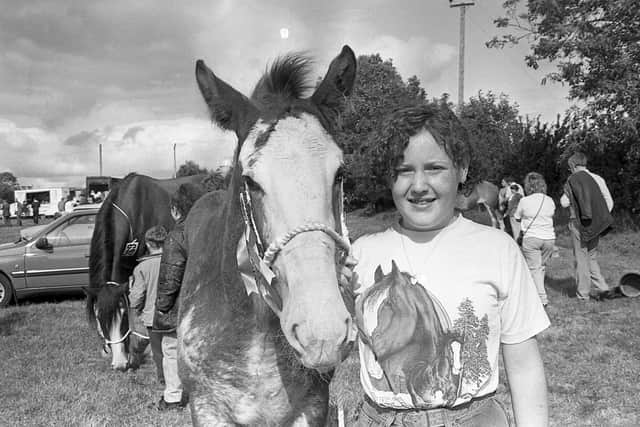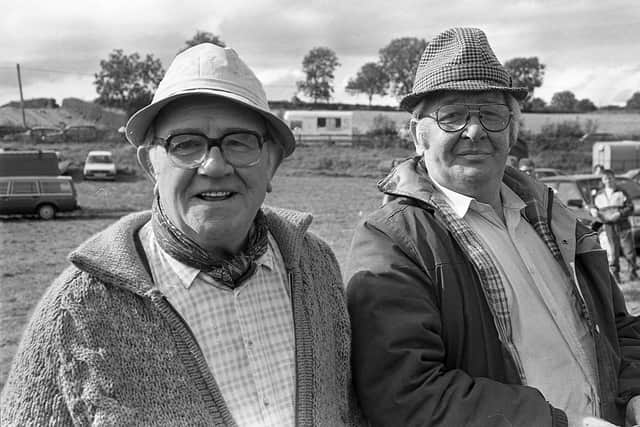Fewer migratory Irish agricultural labourers crossing the sea to find work (1909)
and live on Freeview channel 276
The News Letter reported: “It is estimated that approximately 22,510 labourers went for temporary employment to England and Scotland in 1908. The estimate number in 1907 was 24,000, and that figure shows a decrease compared with the immediately pit ceding years.
“Taking the number of migratory agricultural labourers in 1908 as approximately 22,500, of this total from 400 to 500 were women coming chiefly from Achill, Belmullet, and the Donegal Highlands. They belong to the group commonly known as Achill workers, who find employment in potato raising, chiefly in Ayrshire and other parts of the West of Scotland.”
Advertisement
Advertisement
As far back as records went, Mr Adams stated, that Mayo had been “the principal source of migratory labourers”.


He added: “From none of the other counties in Connaught is the movement so widespread though considerable numbers are also drawn from Roscommon, Galway, and Sligo. 93 per cent of the labourers of Connaught find their way to England, the remainder consisting chiefly of Achill workers, going to Scotland.”
The province of Ulster was the only other province from which there was any large movement of mitigatory agricultural labourers, and of these nearly 80 per cent, were from Donegal. Notable, in 1908 the number of migratory labourers from Donegal had returned as 1,517.
Mr Adams noted in his report: “The Irish migratory labourers are able to earn in most cases good and in some cases very high wages as agricultural labourers in England and Scotland. The earnings of the Achill worker are lower than those of the 'Donegal' and 'Connaught' men. In the case of the Donegal and Connaught workers, wages may be said to range from 15s per week, with lodging and some food; to piecework earnings; which in the busy season reach, in many districts 30s, and in some cases even £2 a week. Workers may be estimated to average, allowing for time lost in moving from place to place, from 18s to 22s per week. It is estimated that the savings in 1908 was approximated at £250,000.”
Advertisement
Advertisement
In examining the problem of agricultural labour at home in Ireland, Mr Adams first dealt with the state of the supply of agricultural labour. In Ireland, as in Great Britain, the number of agricultural labourers, he pointed out, had been “steadily diminishing”.


The follow table indicates the change which had taken place in Ireland in the number of agricultural labourers at each census since 1871, and as was stated by the census authorities that a large proportion of what were returned as general labourers could be assumed to be agricultural, the number of general labourers, excluding those of the chief town areas, were as follows: 1871, agricultural labourers, 446,682, general labourers in agricultural area, 193,839, 1881, agricultural labourers, 300,091, general labourers in agricultural area, 103,655, 1891, agricultural labourers, 258,042, general labourers in agricultural area, 82,854, 1901, agricultural labourers, 217,652, general labourers in agricultural area, 76,870.
Commenting on these figures, Mr Adams said that, while the supply of labour had been diminishing, reports indicated that in the case of permanent labourers hired by the half-year or the year, the difficulty of the farmer was still not so much getting labour as in obtaining a supply of sufficient labour.
He said: “Much of the most efficient labour has left the country, and, whether migrating to the towns or working on the land, and find employment outside of Ireland.
Advertisement
Advertisement
“The total number of farmers and farmers' sons engaged in farm work in 1908 was returned at 577,292, the total number of agricultural labourers permanently employed was returned at 184,084, and the number of temporary agricultural labourers at 109,987.


“The number of women and girls over fourteen years of age who were engaged farm work was returned at 112,995.”
It was also noted that during the past year there had been very little change as regards the wages of labour. The highest wages were to be found in the Counties of Down, Antrim, and Dublin, and in the neighbourhood of the cities of Dublin and Belfast.
Mr Adams noted: “In certain cases the wages of ploughmen rose to and 19s per week, but the general average average in better districts of these counties may be placed at 14s to 16s per week for the ploughman class. Wages as a whole are lowest in Connaught, but the differences in real wages are often less than is supposed.
Advertisement
Advertisement
“Taking the country as a whole the evidence goes to show that at the average wage in Ireland is the equivalent of from 12s to 13s per week.”


While real wages had risen in recent years, they still remained considerably below the wages of the tillage districts of England and Scotland.
This inequality of wages, in Mr Adams opinion, raised a large question.